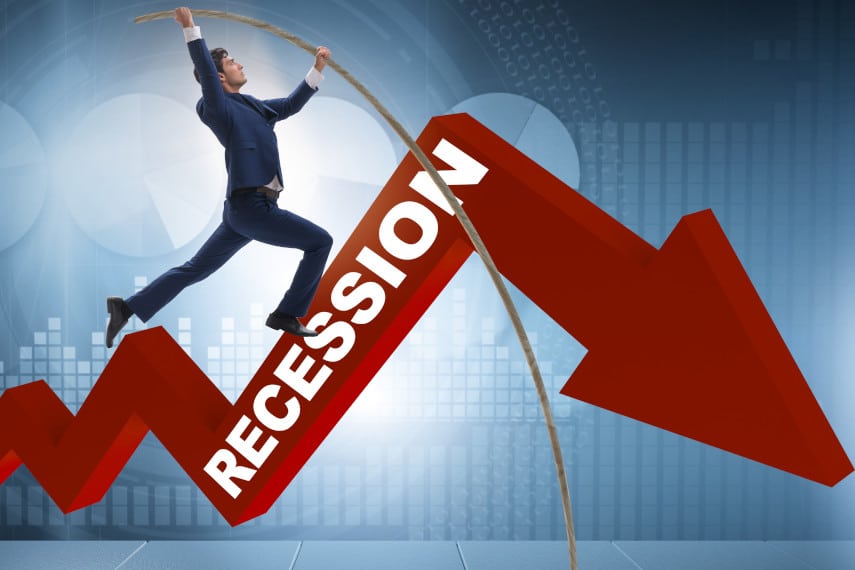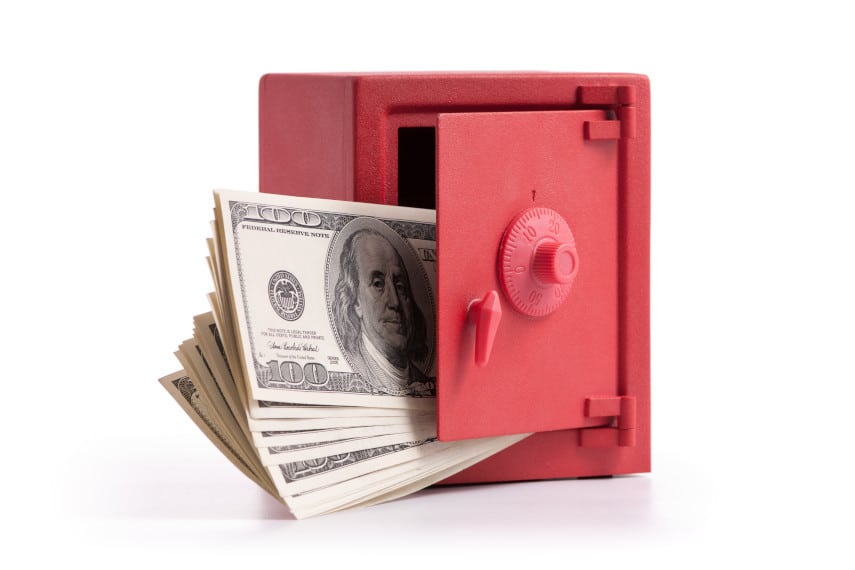
If there’s one characteristic about US monetary policy that has stood the test of time, it’s that policymakers have almost always presented a united front. Even when they may disagree with each other, those disagreements are cordial and rarely aired in public. And retired monetary officials never criticize the conduct of monetary policy of their successors. But cracks are beginning to show in that unified facade.
The Federal Reserve’s conduct of monetary policy over the past two years has been nothing short of exceptional. Beginning with its intervention in repo markets in late 2019 and continuing through the COVID era, the Fed has upgraded the vaunted post-2008 monetary “bazooka” into something more akin to a nuclear bomb. The amount of money the Fed might have pushed into the financial system over a period of years is now at times entering markets in a matter of weeks.
What was once a bloated $4 trillion balance sheet little more than a year ago is now a balance sheet over $8 trillion. Money supply figures rose at enormous rates in 2020, so much so that the Fed decided to change the way it calculated M1 and M2, obfuscating its actions and making it appear that the increase in money supply was milder than it actually was.
The result, as we have seen, is rising inflation throughout the economy. The combination of more money, COVID lockdowns, and continued shortages of materials and labor has driven up prices throughout numerous markets. From food to cars to consumer electronics, shortages, wait lists, and rising prices are the name of the game.
If this is what an economic recovery looks like, one shudders to think what a recession looks like. And recession is very much on the minds of many in New York and Washington.
How Likely Is Recession?
The first shot across the bow has come from former New York Fed President Bill Dudley, who penned a recent op-ed warning that the Fed’s conduct of monetary policy risks causing a full-blown recession. Dudley doesn’t reject the Fed’s goals, nor does he critique the Fed’s decision to allow inflation to run above 2%. What Dudley does take issue with is the Fed’s unwillingness to raise interest rates even a little bit until inflation rises over 2%.
According to what we’ve heard from Fed policymakers, the Fed intends to let inflation run until the average over some unspecified period of time is 2%. But we haven’t heard what time frame that will be, when the Fed might start tightening afterwards, or what the upper threshold might be for the Fed to start tightening.
Dudley’s worry is that the Fed won’t move interest rates away from the zero lower bound until it’s too late, inflation is too high, and the economy is overheated. For instance, let’s say that inflation rises to 3%. The Fed could raise the federal funds rate to 0.5% to make monetary policy a little less loose. If inflation continues to rise to 4%, it could raise the federal funds rate to 1%, and keep tightening until inflation starts to recede.
What Dudley fears is going to happen is that inflation is going to rise to 4%, 5%, 6% or higher before the Fed decides to start hiking rates, and that once that hiking starts happening, it’s going to be too late. The time to start hiking is now, now that inflation and, more importantly, inflation expectations are rising. Failing to do so could, to Dudley’s way of thinking, risk a severe recession once the tightening finally occurs. And with year-on-year inflation already at 5%, the clock could be ticking down for the Fed.
Will the Fed Listen?
One of the problems with the Fed today is that it’s being run by a lawyer. Jay Powell may have years of experience in government, finance, and law, but just how much he really knows about economics is unclear. Everything he has done so far as Fed Chairman is pretty much by the book, and could have been just the result of listening to his staff economists and those of the regional Federal Reserve Banks.
Perhaps even more worrying is that Treasury Secretary Janet Yellen is herself a former Fed Chairman. That means that Treasury not only won’t be a potential bulwark against excessive inflation, but also that Treasury could spur the Fed to even greater inflation in order to fund future government spending.
Yellen herself recently stated that higher inflation would actually be good for society. Why exactly she thinks this is unclear, but it’s probably related to the Fed’s thinking that rising prices for assets such as housing lead to greater nominal consumer wealth. She fails to consider the fact that an increasing number of households can’t afford to buy a house because prices are too high, so those households miss out on wealth gains from rising house prices.
Then they also have to deal with punishing price increases on food, gas, and other goods. So the net result of higher inflation is a higher wealth effect for some households but increasing costs and a diminished ability to build wealth for most others.
What Will the End Result Be?
The Fed is unfortunately nearly impervious to outside criticism. About the only time the Fed might change policy is if the President were to issue a direct order to the Fed Chairman. So don’t expect a change in monetary policy anytime soon.
Inflation has just hit 5% year-on-year, its highest level in 13 years. Yet all the Fed has signaled is that it might begin to raise interest rates two years from now. That should be very concerning to anyone who wants to see inflation brought under control.
The dominant narrative today is that inflation is only temporary, and that it’s largely the result of price decreases last year during the COVID lockdowns. According to that narrative, once we get back to normal, the year-on-year increases are going to die down. But what if they don’t? The Fed doesn’t really have an answer for that.
More and more households today are feeling the pinch of higher prices. And it’s only a matter of time before investors start to feel the pinch too. After all, higher inflation rates mean that real investment yields are lower. And in a zero interest rate environment with investment yields lower today than historically, rising inflation could take a bite out of your ability to save and invest.
Many savvy investors are aware of what’s going on and know how inflation could systematically rob them of the value of their investments. And that’s why so many today are turning to alternative assets to protect their wealth.
Among the popular options today are gold and silver, precious metals that have demonstrated time and again their ability to maintain value and purchasing power through times of high inflation and economic turmoil. During the stagflation of the 1970s, for instance, gold and silver averaged annualized gains of over 30%, far outpacing inflation. And during the aftermath of the 2008 financial crisis, gold nearly tripled while silver more than quintupled.
Adding to the popularity of investing in gold and silver is the relative ease with which it can be done. With a gold IRA, you can invest in physical gold coins or bars while still enjoying the same tax advantages as your current retirement accounts. You can fund your gold IRA with existing funds from your IRA, 401(k), TSP, or similar accounts without tax consequences. And you can do all of this from the comfort of your own home.
If you’re worried about rising inflation and fear that the Federal Reserve may stumble into a financial crisis, now is the time to start thinking about protecting your retirement savings. Don’t wait until it’s too late. Call the precious metals experts at Goldco today to learn more about how gold can safeguard your hard-earned wealth.






